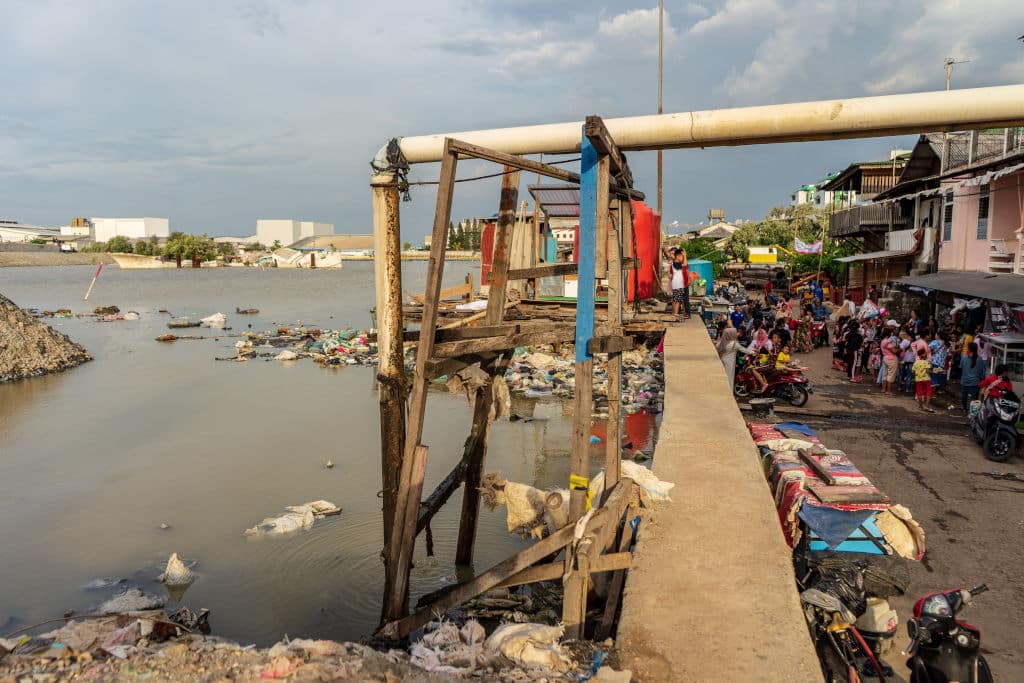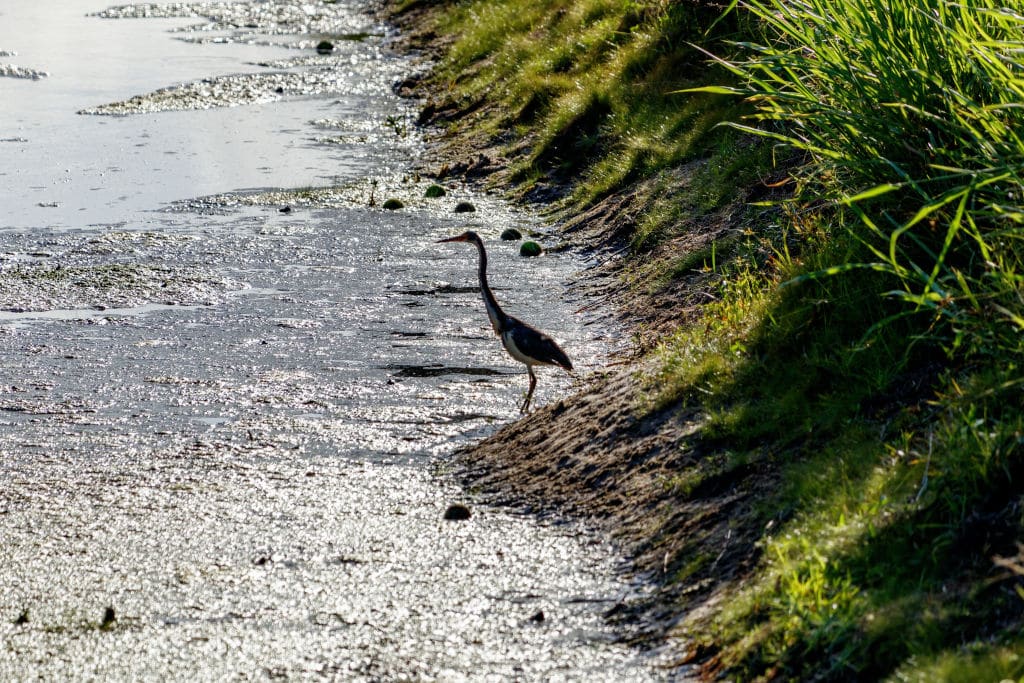Human activity almost invariably results in groundwater contamination. Almost any action that could result in the purposeful or unintentional release of chemicals or wastes into the environment has the potential to contaminate groundwater. This contamination damages the environment and people’s health, making it expensive and difficult to clean up.
Groundwater is particularly at risk in locations with a high population density and extensive human usage of the land.
In the case of Anderson v. WR Grace & Co., 28 people suffered chronic injuries while 5 children died due to the contamination of water wells by the defendants with chemicals including trichloroethylene and tetrachloroethylene.
What is Groundwater Contamination?
It is a type of water pollution primarily brought on by the unintentional or intentional release of pollutants due to human activity or natural catastrophes.
Introducing pollutants into the earth into naturally occurring subterranean water reservoirs designated as aquifers causes groundwater contamination. Contamination occurs when pollutants that have been released find their way into groundwater.
According to a survey by the United States Geological Survey, more than one-third of the country’s population—115 million people—depends on groundwater for drinking purposes. More than 22% (one in five) of groundwater samples revealed at least one contaminant at a level that raises serious questions about its fitness for human and animal consumption.

The Catastrophic Effects of Groundwater Contamination
Groundwater contamination, regardless of its causes, can lead to tremendous harm both to human and animal life as well as to the environment.
In whatever way this dispute may be resolved, legal animation can adequately capture the essence of the story and adequately depict the line of events that led to the contamination.
Here are the effects of groundwater contamination:
- Medical Concerns
Health failures are associated with polluted groundwater. Human waste may contaminate a water supply in areas where septic tank installation is not executed correctly. The excrement may contain hepatitis-causing germs, which could cause irreparable liver harm.
Dysentery, which can result in severe diarrhea, dehydration, and in rare cases, death, is another possible side effect.
Poisoning is another health concern that can arise from too many pesticides, fertilizers, or natural chemicals. The poisonous compounds seep into water supplies. Drinking water from such a source could have detrimental impacts on your health.
For instance, in the case of Mejdrech v. Met-Coil Systems Corp, the defendant was sued in a class action by 1000 members of a town when a storage tank in the corporation’s property leaked toxic solvent, TCE, thus contaminating the groundwater. The contamination not only created potential harm to the plaintiffs’ health but also reduced the value of their properties.
- Negatively influences economic expansion
Groundwater contamination makes it impossible for a region to support plants, human, and animal lives. Both the local population and the value of the land will inevitably dwindle.
It also has the impact of making industries that rely on groundwater for product production less stable. As a result, the impacted areas’ companies will have to acquire water from other districts, which could be expensive.
Additionally, the water’s poor quality could cause them to shut down.
- Negative impact on the environment, including on aquatic systems and the ecosystem.
Groundwater contamination can have a severe impact on the ecosystem. One such change is the disappearance of some necessary nutrients for the ecosystem’s ability to sustain itself.
The aquatic ecology could also change when the pollutants combine with water bodies. Too many toxins in the water bodies might cause aquatic species, like fish, to disappear quickly.
Utilizing tainted water could have adverse effects on animals and plants. As toxic materials build up over time in aquifers, the groundwater may eventually become unfit for ingestion by humans and animals.
The consequences are severe, particularly for those who depend on groundwater during droughts.

Can Legal Animation Be Used To Highlight The Causes Of Contamination?
Groundwater contamination can come about in various ways. Some of the sources of the contamination include natural sources, septic systems, hazardous waste disposal, petroleum products, solid waste, surface impoundments, agricultural chemicals, and injection wells.
After identifying the source of the contamination, the person or company responsible for the contamination must be identified.
It must be noted that different persons can be held liable for groundwater contamination.
It could be the work of a company, e.g., an oil and gas company or the fault of the installer or the owners of the pollutants.
Whatever the source and whoever may be at fault, it is essential to get an expert on board who can give pure and accurate scientific backing to the allegation. The expert witness can also use legal animation to demonstrate the pollution process in a court or in other alternative dispute settlements.






